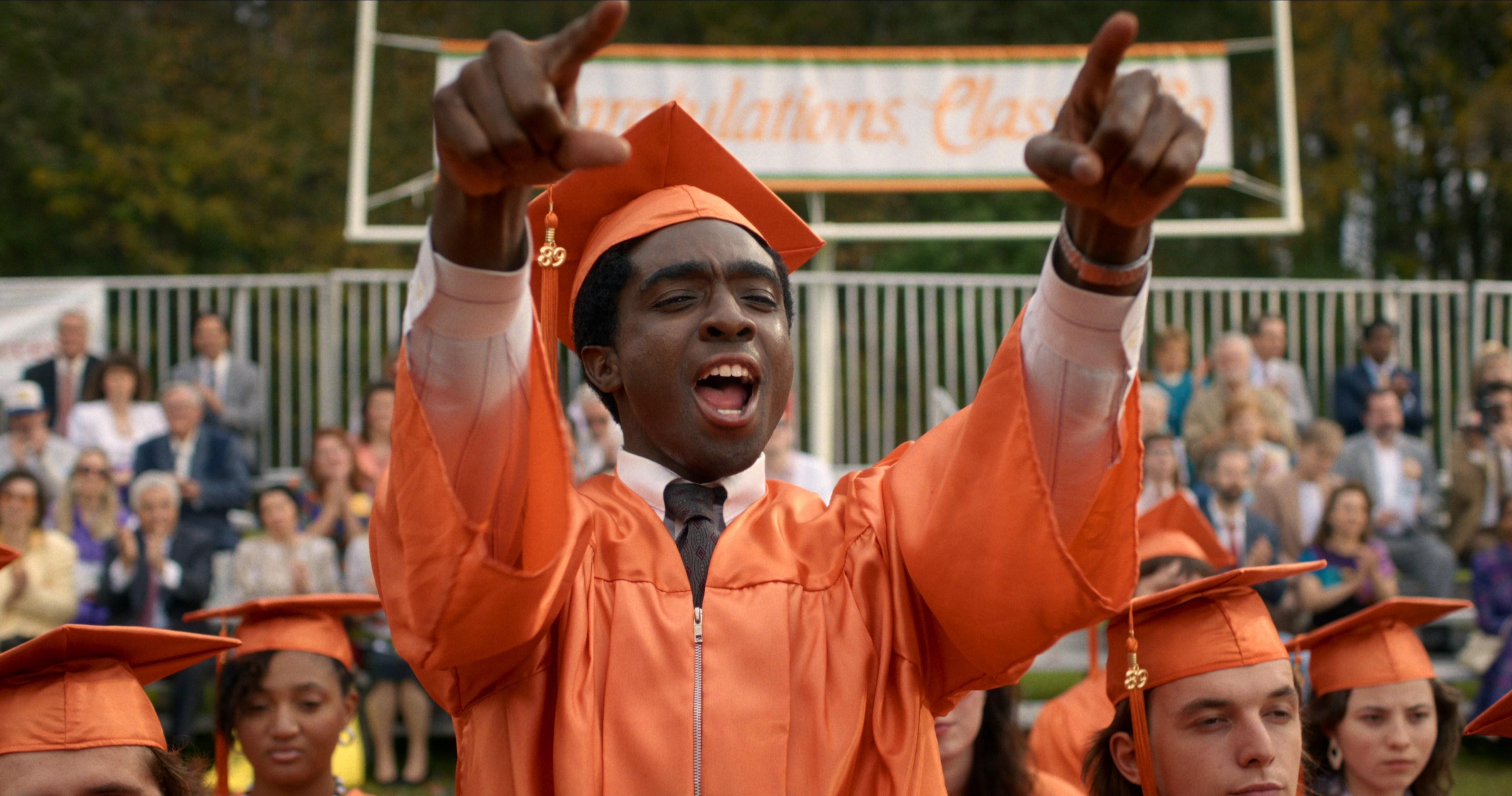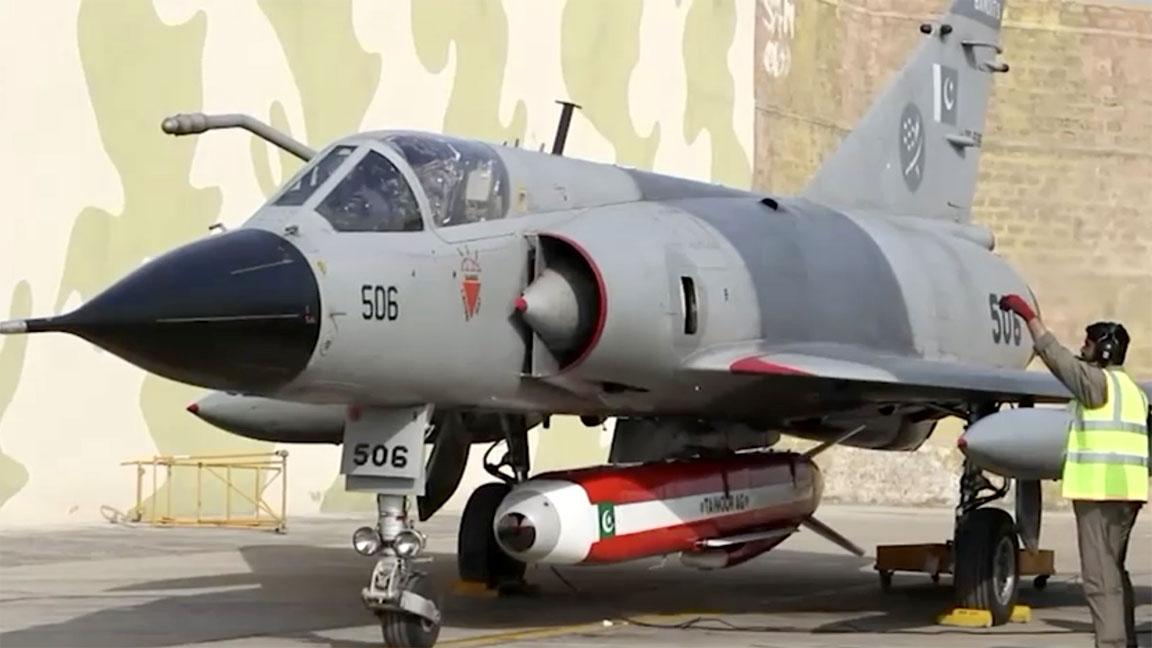The secretary-general says NATO combat units on the alliance's eastern flank nearest Russia, especially the Baltic states, are to be boosted to brigade level


NATO will boost the number of troops on high alert by more than sevenfold to over 300,000, its secretary-general said on Monday, as allies prepared to adopt a new strategy describing Moscow as a direct threat four months into the Ukraine war.
Russia's February invasion of Ukraine has sparked a major geopolitical shift in the West, prompting once neutral countries Finland and Sweden to apply to join NATO and Ukraine to secure the status of candidate to join the European Union.
"Russia has walked away from the partnership and the dialogue that NATO has tried to establish with Russia for many years," NATO Secretary-General Jens Stoltenberg said in Brussels ahead of a NATO summit later this week in Madrid.
"They have chosen confrontation instead of dialogue. We regret that - but of course, then we need to respond to that reality," he told reporters.
The June 28-30 NATO summit comes at a pivotal moment for the alliance after failures in Afghanistan and internal discord during the era of former U.S. President Donald Trump, who threatened to pull Washington out of the alliance. read more
Stoltenberg said NATO in future would have "well over 300,000" troops on high alert, compared to 40,000 troops that currently make up the alliance's existing quick reaction force, the NATO Response Force (NRF).
The new force model is meant to replace the NRF and "provide a larger pool of high readiness forces across domains, land, sea, air and cyber, which will be pre-assigned to specific plans for the defence of allies," a NATO official said.
Stoltenberg said NATO combat units on the alliance's eastern flank nearest Russia, especially the Baltic states, are to be boosted to brigade level, with thousands of pre-assigned troops on standby in countries further west like Germany as rapid reinforcements.
"Together, this constitutes the biggest overhaul of our collective deterrence and defence since the Cold War," he said.
The NATO official, who spoke on condition of anonymity, said the moves would enable NATO to respond with more forces at short notice should the need arise.
The official added that the precise scale and composition of the force was still being worked on and that the transition was planned for completion in 2023.
At the summit, NATO will also change its language on Russia from the current wording, enshrined at its Lisbon summit in 2010, describing Moscow as a strategic partner.
"I expect the allies will state clearly that Russia poses a direct threat to our security, to our values, to the rules-based international order," Stoltenberg said.
At the same time, Stoltenberg dampened hopes for a break-through at the summit to overcome Turkey's opposition to the membership bids of Sweden and Finland.
"I will not make any promises or speculate about any specific time lines. The summit has never been a deadline," said Stoltenberg, who is scheduled to meet the leaders of all three countries in Madrid on Tuesday.
SOURCE: REUTERS

Why Trump sent in troops to capture Maduro, briefly explained
- an hour ago
Large part of Maduro's security team killed in U.S. action-Venezuela defense minister
- 9 hours ago
India’s extremism and the plight of minorities
- 11 hours ago

Trump says the US is going to “run” Venezuela. What does that mean?
- an hour ago

Plaud updates the NotePin with a button
- 3 hours ago
TGL best moments: Boston Common earns first win in team history
- 2 hours ago
Big 12: 11 potential (and probable) tournament teams
- 2 hours ago
Six killed in roof collapse incident in KP’s Charsadda
- 11 hours ago
NFL draft prospects with a true Round 1 grade: 11 players who are clear first-rounders
- 2 hours ago
Cam Ward's rookie year: A timeline look at the ups, downs for the No. 1 pick
- 2 hours ago

You can charge the battery in Belkin’s new Switch 2 power case without opening it
- 3 hours ago

The US in Venezuela: Latest stories and updates
- an hour ago





